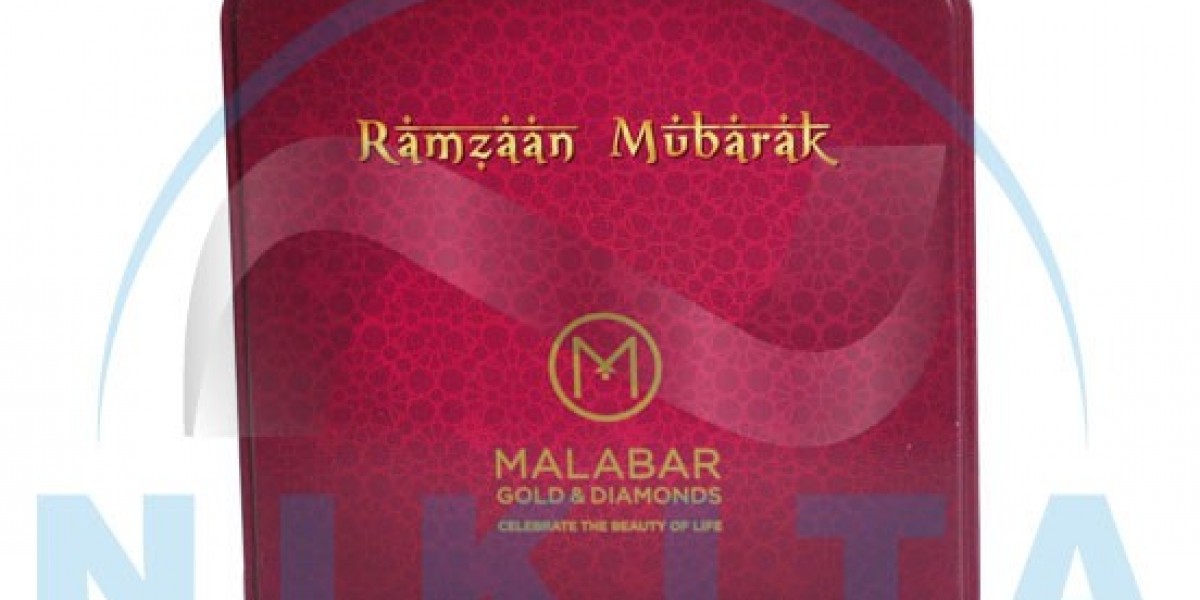When we think of jewellery, images of shimmering stones, precious metals, and delicate craftsmanship come to mind. But beyond the dazzling designs and ornate pieces lies a quieter industry — the manufacturers of jewellery tins. These small containers, often overlooked, play a critical role in both the presentation and preservation of fine jewellery. Far from being simple boxes, jewellery tins are crafted with as much thought and precision as the pieces they hold.
Understanding the Purpose of Jewellery Tins
Jewellery tins serve both a practical and aesthetic function. On one hand, they protect the jewellery inside from dust, scratches, and environmental wear. On the other, they elevate the unboxing experience, adding a sense of luxury and importance to the jewellery item. For many brands, the tin is part of the product’s identity — a tactile, visual, and sometimes even olfactory introduction to the piece within.
For manufacturers, the challenge lies in producing tins that align with this dual purpose. The tins must be sturdy yet elegant, protective yet beautiful. They must cater to various jewellery types, from delicate earrings and pendants to bulkier items like bangles and brooches. With these demands, the world of jewellery tins manufacturing becomes an intricate dance between engineering, design, and branding.
Materials Matter: The Core of Tin Crafting
The term “tin” is often used loosely. While some jewellery tins are made from actual tinplate, many are crafted from other metals like aluminum or steel, coated or treated to achieve the desired finish. The choice of material affects not only the appearance but also the durability, weight, and cost of the final product.
Tinplate is popular for its corrosion resistance and ease of shaping. Its smooth surface is ideal for printing and embossing, making it perfect for customized branding. Aluminum, on the other hand, is lightweight and resistant to oxidation, which makes it a preferred choice for travel-sized or portable containers. Steel, though heavier, offers exceptional durability and a more substantial feel.
Manufacturers must consider not only the properties of these metals but also how they interact with other design elements — paints, inks, foils, fabric linings, and more. This synergy determines the overall quality and market appeal of the jewellery tin.
Designing for Brand Identity
Jewellery is deeply tied to personal expression and brand storytelling. From high-end luxury names to artisanal crafters, every jewellery brand aims to evoke a particular emotion or aesthetic. The packaging, including the tin, becomes a critical tool in delivering that message.
Manufacturers work closely with brands to customize tins in myriad ways. Embossed logos, silk-screen printing, matte or gloss finishes, soft-touch coatings, and even scent-infused interiors can be applied. Some tins are designed with hinged lids and magnetic closures for ease of use, while others feature removable inserts, window lids, or compartmentalized interiors.
The goal is to make the tin feel like an extension of the jewellery — not just a protective shell, but an integral part of the experience. In many cases, customers keep and reuse these tins, further extending the brand's reach beyond the initial purchase.
Balancing Mass Production and Artisan Quality
Manufacturing jewellery tins requires balancing scalability with attention to detail. High-volume production lines are essential to meet commercial demand, but they must not compromise on quality. A scratch in the coating, a misaligned lid, or an imperfect logo print can undermine a brand’s image.
To address this, manufacturers invest in advanced machinery for stamping, cutting, forming, and decorating. But human oversight remains indispensable. Quality control teams inspect each batch for defects, ensuring consistency in size, color, finish, and functionality.
Some manufacturers also maintain a semi-handcrafted approach, especially for limited edition or luxury clients. Here, elements like interior padding, velvet lining, or specialty coatings may be applied by hand to ensure precision and refinement.
Sustainability and Eco-Conscious Manufacturing
As global awareness around sustainability grows, so too does the demand for eco-friendly packaging. Jewellery tins manufacturers are rising to the occasion by rethinking their materials and production methods.
Recyclable metals, solvent-free paints, and reduced-waste production cycles are now common goals. Some companies offer tins made from recycled tinplate or aluminum, while others incorporate biodegradable linings or eliminate plastic inserts altogether.
There is also a move toward multipurpose tins — containers that can be reused for other purposes after the jewellery has been removed. By extending the lifecycle of the tin, manufacturers help reduce single-use packaging waste while also adding value to the consumer.
This shift requires ongoing innovation. Traditional metalworking techniques must be adapted to align with modern environmental standards, all while maintaining the high-end look and feel expected in the jewellery sector.
Meeting the Needs of a Diverse Market
The jewellery industry is vast and diverse, encompassing everything from fashion-forward costume jewellery to high-end heirloom pieces. Jewellery tins manufacturers must cater to this spectrum with flexibility and foresight.
For large-scale, budget-conscious retailers, the emphasis may be on cost-effective production, lightweight materials, and minimal designs. For luxury clients, priorities shift to uniqueness, exclusivity, and tactile quality.
Manufacturers often offer a tiered service model — standard catalogue designs for quick turnaround needs and fully customized solutions for more involved projects. This allows them to serve both ends of the market while maintaining production efficiency.
In recent years, there has also been a rise in demand from small, independent jewellery brands. These businesses often seek lower minimum order quantities and more personalized service, prompting manufacturers to adjust their processes accordingly. Some have introduced modular designs or customizable stock tins that allow for quick branding without the cost of full customization.
Innovation Through Collaboration
One of the most exciting aspects of jewellery tins manufacturing is the ongoing collaboration between manufacturers, designers, and brands. It's in these partnerships that innovation thrives — from the introduction of smart packaging (like QR codes printed on tins for authenticity verification) to hybrid designs that incorporate elements like wood, fabric, or acrylic.
The conversation between form and function continues to evolve. Jewellery tins are now expected to do more than house a product. They must communicate value, protect delicacy, reinforce brand identity, and tread lightly on the environment — all at once.
This requires a dynamic approach. Manufacturers who stay attuned to design trends, consumer behavior, and technological advancements are better positioned to lead the field.
The Quiet Craftsmanship Behind Luxury
Though rarely in the spotlight, the work of jewellery tins manufacturers is vital to the industry they support. Their creations may not sparkle like diamonds or shine like gold, but they set the stage for those elements to be appreciated. In many cases, the tin is the first physical touchpoint between the customer and the product — a small moment that can shape perception and experience.
As jewellery continues to be gifted, worn, and cherished, the role of the tin — subtle yet significant — will only grow in importance. In an industry defined by beauty and detail, even the smallest container deserves a moment of admiration.







